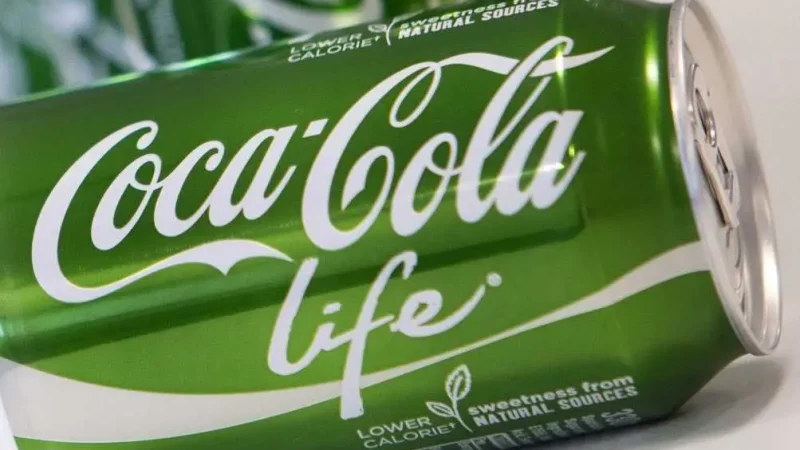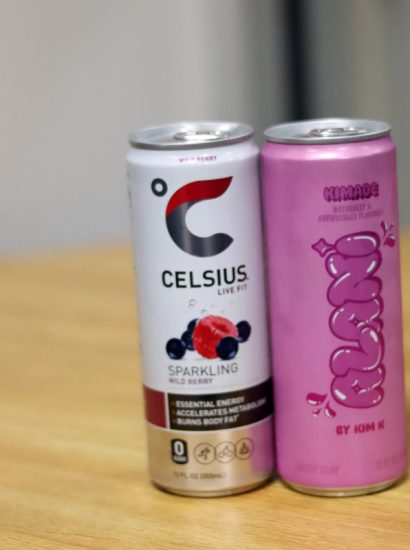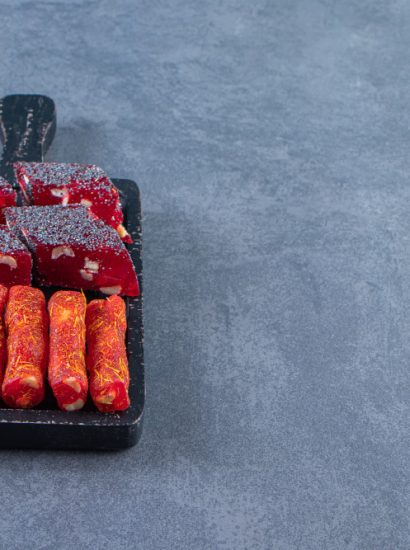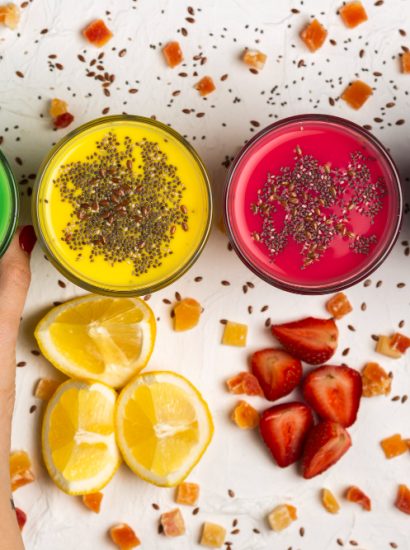Coca-Cola has long been associated with its iconic red can, symbolizing tradition, energy, and its classic taste. However, there have been instances where Coca-Cola introduced green cans and bottles, sparking curiosity and speculation among consumers.
Many people wonder: Was Coca-Cola ever originally green? What does a green Coca-Cola can represent? Is it an eco-friendly initiative or a product variant?
In this article, we’ll explore the history, significance, marketing strategies, and misconceptions surrounding Coca Cola in a green can.
The History of Coca-Cola’s Green Can
Coca-Cola Life (2013 – 2017)
One of the most notable instances of Coca-Cola adopting green packaging was with Coca-Cola Life, launched in 2013. It was introduced as a lower-calorie and naturally sweetened alternative to classic Coca-Cola.
Key Features of Coca-Cola Life:
- Sweetened with a mix of cane sugar and stevia (a natural, plant-based sweetener)
Contained 60% fewer calories than regular Coca-Cola
Packaged in a green can and bottle label, representing its “natural” ingredients
Launch & Market Impact:
- Coca-Cola Life was first introduced in Argentina and Chile, before expanding to the United States, the United Kingdom, and other global markets.
- The green packaging aimed to position the product as a health-conscious alternative to traditional soft drinks.
- Despite initial excitement, Coca-Cola Life struggled with sales and was gradually phased out by 2017, as consumer preferences shifted towards zero-calorie options like Coca-Cola Zero Sugar.
Coca-Cola’s Sustainable Packaging Initiatives
Another reason Coca-Cola has used green-colored packaging is to promote eco-friendly initiatives.
For example, in December 2022, Coca-Cola İçecek Pakistan launched 100% recycled plastic bottles (rPET) as part of their sustainability efforts. The green branding in this case represented environmental awareness and Coca-Cola’s commitment to reducing plastic waste.
- Sustainability Highlights:
Coca-Cola aims to use 50% recycled materials in its packaging by 2030
Introduced recyclable green plastic bottles in multiple markets
Partnered with environmental organizations to promote waste reduction
By incorporating green packaging in sustainable product lines, Coca-Cola emphasizes its efforts in reducing environmental impact while appealing to eco-conscious consumers.
Was Coca-Cola Originally Green? Debunking the Myth
A common myth claims that Coca-Cola was originally green when it was invented in 1886.
Fact: Coca-Cola has never been green in color. Since its creation, the drink has always been caramel brown due to the caramelization of sugar and other ingredients.
Where Did the Green Coca-Cola Myth Come From?
- Green-Tinted Glass Bottles – Early Coca-Cola bottles were made of green-tinted glass, which may have led some people to mistakenly believe the drink itself was green.
Coca-Cola Life’s Green Packaging – When Coca-Cola introduced Coca-Cola Life in a green can, some consumers believed it was a return to an “original” Coca-Cola color.
Marketing Misinterpretations – Over time, rumors and misunderstandings spread through social media and word of mouth.
Thus, the idea that Coca-Cola was originally green is completely false.
Why Does Coca-Cola Use Green Branding?
While Coca-Cola is best known for its red branding, green packaging is used in specific marketing strategies, including:
Health & Natural Positioning
- Coca-Cola Life’s green can was designed to reflect natural ingredients and a lower-calorie formula.
- Green is often associated with freshness, nature, and organic products.
Environmental Awareness
- Green packaging highlights Coca-Cola’s sustainability initiatives.
- Used for recycled plastic bottles and eco-friendly campaigns.
Market Differentiation
- A green Coca-Cola can stand out on store shelves among traditional red-branded products.
- Helps attract health-conscious consumers looking for alternatives to classic soft drinks.
Comparison: Coca-Cola Life vs. Other Coca-Cola Variants
| Variant | Sweeteners Used | Calories Per Can | Color of Packaging | Status |
| Coca-Cola Classic | High-fructose corn syrup (U.S.), Sugar (other regions) | 140 | Red | Available |
| Coca-Cola Zero Sugar | Artificial sweeteners (Aspartame, Acesulfame K) | 0 | Black | Available |
| Diet Coke | Artificial sweeteners (Aspartame) | 0 | Silver | Available |
| Coca-Cola Life | Cane sugar + Stevia | 60 | Green | Discontinued |
From the table, we can see that Coca-Cola Life was unique in its use of stevia and its green branding, but it ultimately failed to compete with zero-calorie options like Diet Coke and Coca-Cola Zero Sugar.
Is There a Green Coca-Cola Can Today?
Currently, no official Coca-Cola product uses a green can. However:
- Coca-Cola Life was the last major product to feature a green design.
- Recycled plastic initiatives may continue using green-colored branding.
- Some limited-edition cans may feature green elements, but Coca-Cola’s core branding remains red.
- If Coca-Cola launches a new green can in the future, it will likely be for:
A new healthy alternative with natural sweeteners
An environmentally friendly product line
A regional or limited-edition campaign
Conclusion
While Coca-Cola is primarily associated with its red can, the company has used green packaging for specific reasons, including:
- The launch of Coca-Cola Life (2013-2017), a stevia-sweetened, lower-calorie soda
- Sustainability initiatives, such as using recycled materials in packaging
- Market positioning strategies to appeal to health-conscious and eco-friendly consumers
However, the common belief that Coca-Cola was originally green is a myth. The beverage has always been caramel brown, and green packaging has only been used for marketing purposes.
As consumer preferences evolve, Coca-Cola may reintroduce a green-branded product in the future, but for now, its core identity remains red and white.
FAQs
1. What was Coca-Cola Life, and why was it in a green can?
Coca-Cola Life was a reduced-calorie soft drink introduced in 2013. It was sweetened with stevia and cane sugar and marketed as a healthier alternative to regular Coca-Cola. The green can symbolise natural ingredients and a fresh, eco-friendly image.
2. Why was Coca-Cola Life discontinued?
Coca-Cola Life was discontinued in 2017 due to low sales and consumer preference for zero-calorie options like Coca-Cola Zero Sugar and Diet Coke. The demand for stevia-sweetened sodas did not meet expectations, leading to its removal from most markets.
3. Was Coca-Cola originally green in color?
No, this is a common myth. Coca-Cola has always been caramel brown due to the caramelization of sugar and other ingredients. The misconception may have originated from early green-tinted Coca-Cola glass bottles.
4. Does Coca-Cola still sell any drinks in a green can?
As of now, Coca-Cola does not have a mainstream product in a green can. However, the company has used green packaging for sustainability initiatives, such as bottles made from 100% recycled plastic (rPET).
5. Will Coca-Cola release another green-branded product in the future?
It’s possible! Coca-Cola may introduce a new green-branded soda in the future, especially if consumer demand for natural ingredients and eco-friendly products increases. However, there are no official announcements yet.
Also read: What is Brand Preference? Definition, Importance, and How to Build It









